Best Seasons for Landscaping Projects
Landscaping projects are most effectively scheduled during specific times of the year to ensure optimal growth, appearance, and durability. Timing depends on local climate conditions, plant types, and project scope. Proper planning can lead to healthier plants and longer-lasting results.
Spring is ideal for planting new landscapes as soil warms and plants establish before summer. It allows for vibrant growth and full bloom during the season.
Summer is suitable for maintenance and certain installations, especially in cooler regions. However, extreme heat can stress plants, so timing should be carefully managed.
Fall offers cooler temperatures and increased rainfall, making it perfect for planting and establishing new landscapes before winter dormancy.
Winter is generally less ideal for new planting in colder climates but can be suitable for planning, design, and installing hardscape features in milder regions.

Ways to make Landscapings work in tight or awkward layouts.
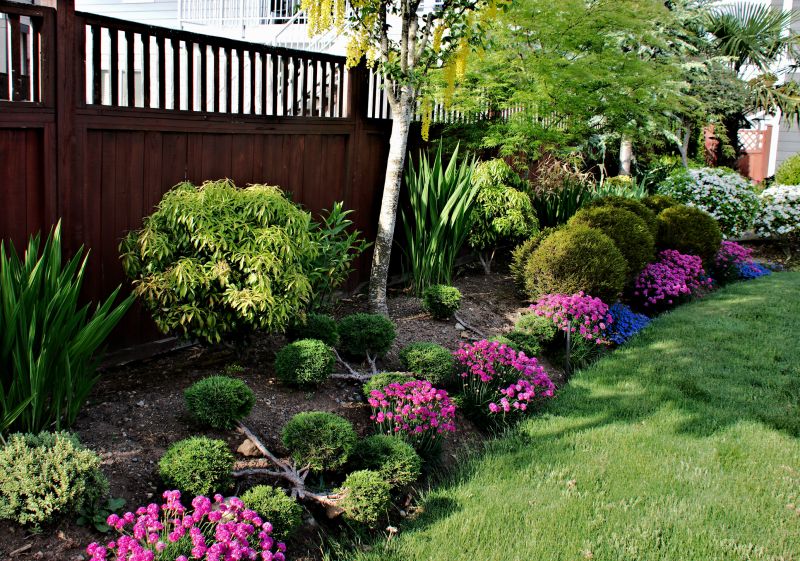
Popular materials for Landscapings and why they hold up over time.

Simple add-ons that improve Landscapings without blowing the budget.

High-end options that actually feel worth it for Landscapings.
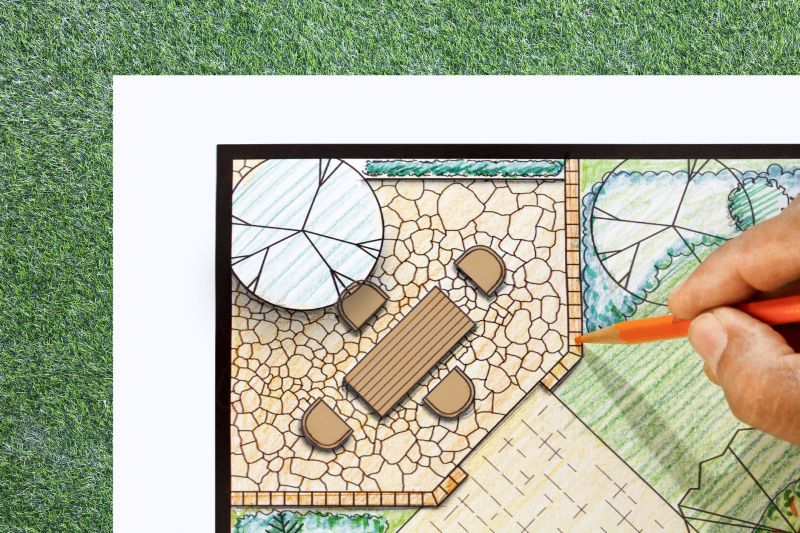
Finishes and colors that play nicely with Landscapings.

Little measurements that prevent headaches on Landscapings day.
| Season | Ideal Activities |
|---|---|
| Spring | Planting, soil preparation, planting new lawns |
| Summer | Maintenance, pruning, watering, some installations |
| Fall | Planting, fertilizing, soil conditioning |
| Winter | Design planning, hardscape installation in mild regions |
Landscaping involves the strategic arrangement of plants, trees, shrubs, and hardscape features to enhance outdoor spaces. Proper timing ensures healthy growth and long-term durability. Seasonal considerations are crucial for plant selection, soil preparation, and project scheduling. In regions like Brentwood, Tennessee, understanding local climate patterns can maximize landscaping success.

A 60-second routine that keeps Landscapings looking new.
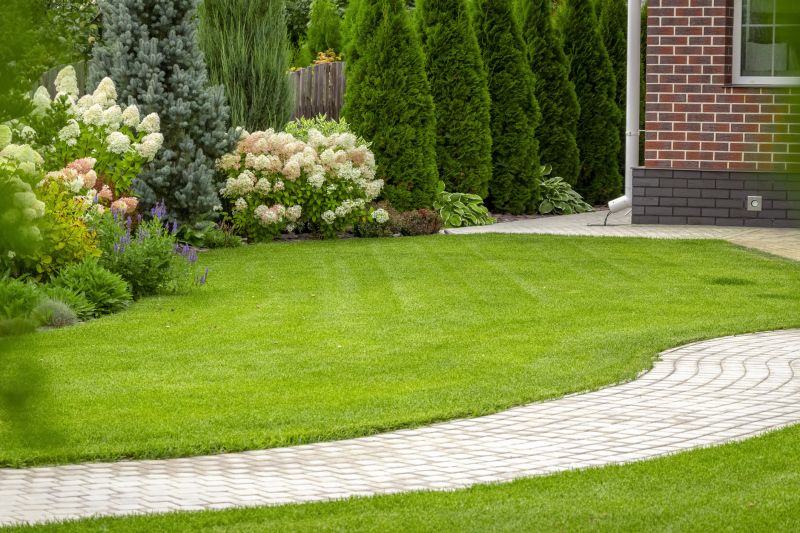
A frequent mistake in Landscapings and how to dodge it.

Small tweaks to make Landscapings safer and easier to use.
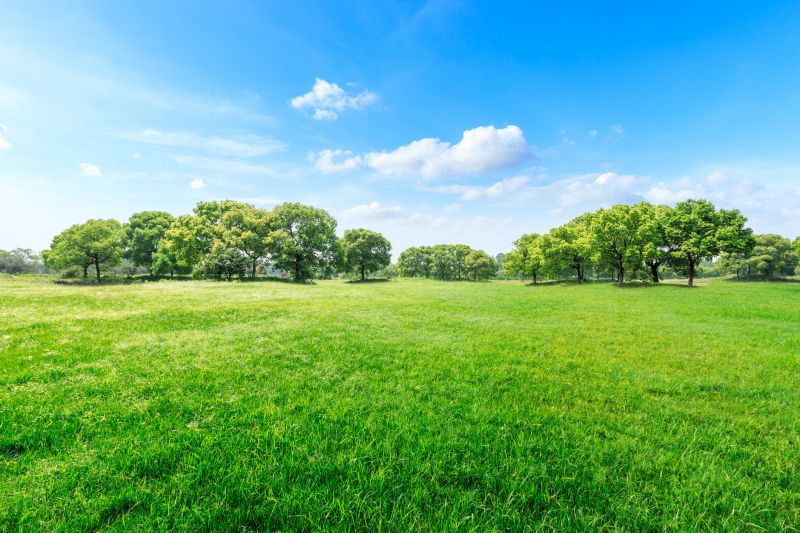
Lower-waste or water-saving choices for Landscapings.
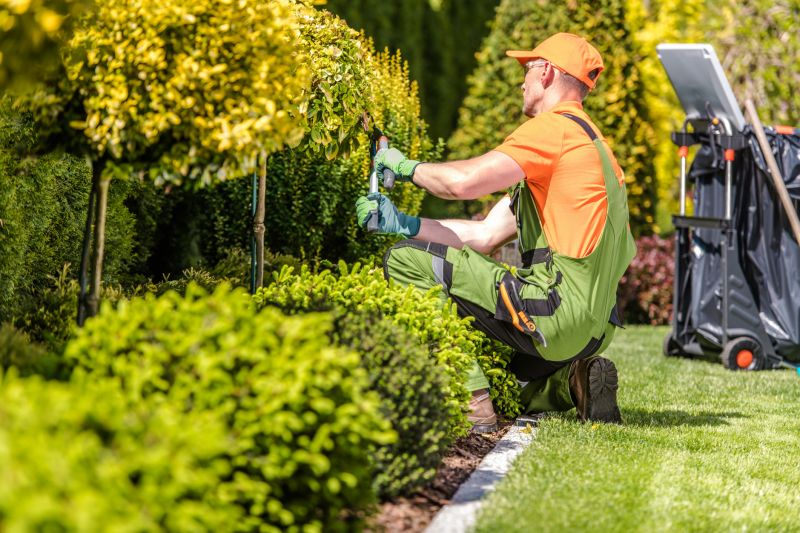
The short, realistic tool list for quality Landscapings.

Rough timing from prep to clean-up for Landscapings.
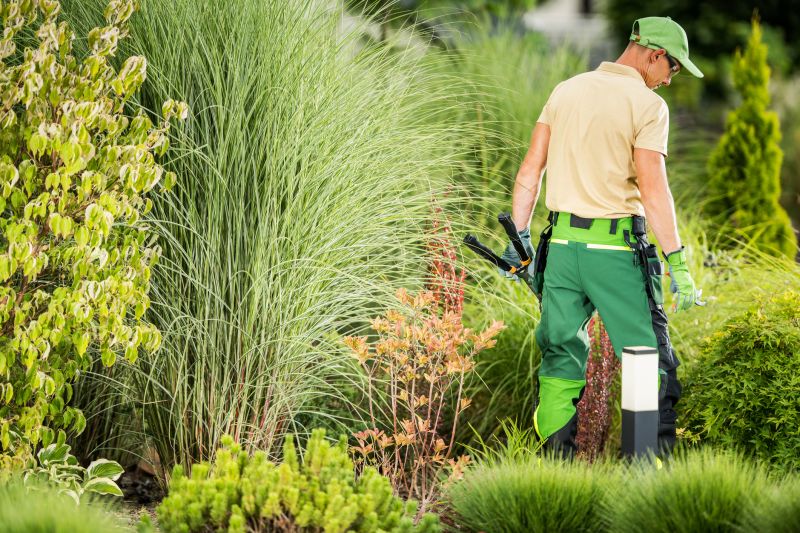
Quick checks and paperwork to keep after Landscapings.
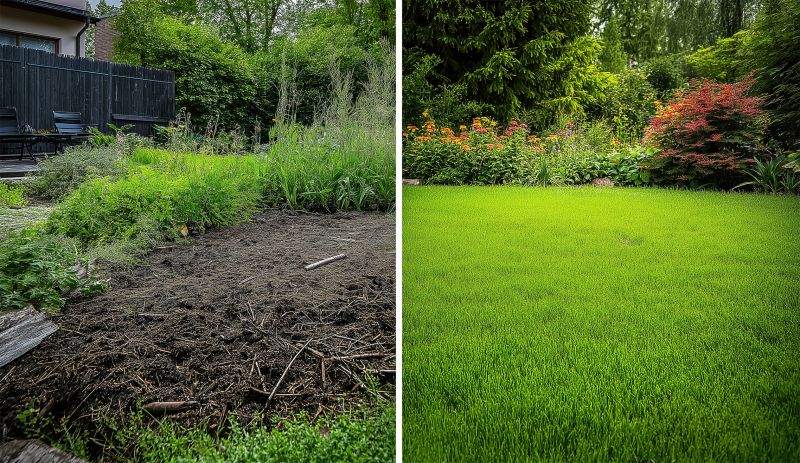
Examples that show the impact a good Landscapings can make.
For those interested in scheduling landscaping projects, considering seasonal timing can lead to better results and increased satisfaction. Consulting with local landscaping professionals can provide tailored advice based on regional climate and specific landscape goals.
